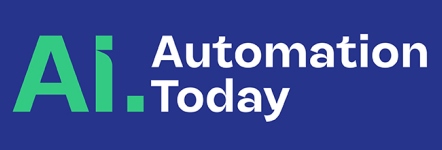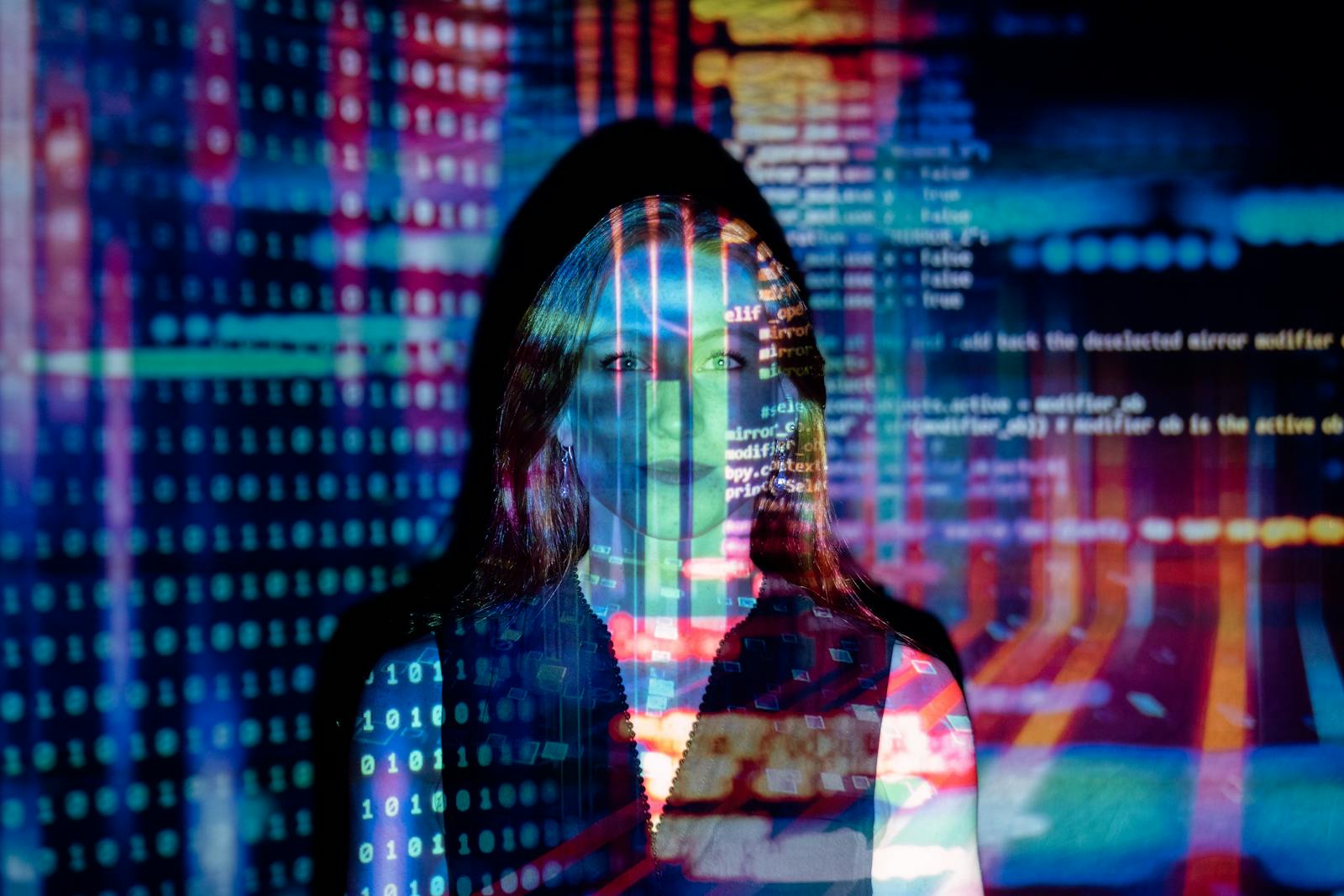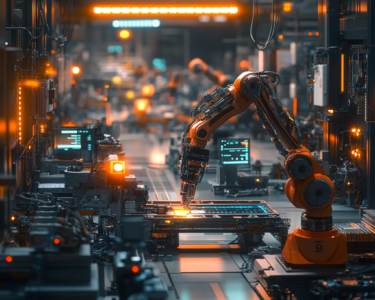The way we interact with our computers and smart devices is very different from previous years. Over the decades, human-computer interfaces have transformed, progressing from simple cardboard punch cards to keyboards and mice, and now extended reality-based AI agents that can converse with us in the same way as we do with friends.
With each advance in human-computer interfaces, we’re getting closer to achieving the goal of interactions with machines, making computers more accessible and integrated with our lives.
Where did it all begin?
Modern computers emerged in the first half of the 20th century and relied on punch cards to feed data into the system and enable binary computations. The cards had a series of punched holes, and light was shone at them. If the light passed through a hole and was detected by the machine, it represented a “one”. Otherwise, it was a “zero”. As you can imagine, it was extremely cumbersome, time-consuming, and error-prone.
That changed with the arrival of ENIAC, or Electronic Numerical Integrator and Computer, widely considered to be the first “Turing-complete” device that could solve a variety of numerical problems. Instead of punch cards, operating ENIAC involved manually setting a series of switches and plugging patch cords into a board to configure the computer for specific calculations, while data was inputted via a further series of switches and buttons. It was an improvement over punch cards, but not nearly as dramatic as the arrival of the modern QWERTY electronic keyboard in the early 1950s.
Keyboards, adapted from typewriters, were a game-changer, allowing users to input text-based commands more intuitively. But while they made programming faster, accessibility was still limited to those with knowledge of the highly-technical programming commands required to operate computers.
GUIs and touch
The most important development in terms of computer accessibility was the graphical user interface or GUI, which finally opened computing to the masses. The first GUIs appeared in the late 1960s and were later refined by companies like IBM, Apple, and Microsoft, replacing text-based commands with a visual display made up of icons, menus, and windows.
Alongside the GUI came the iconic “mouse“, which enabled users to “point-and-click” to interact with computers. Suddenly, these machines became easily navigable, allowing almost anyone to operate one. With the arrival of the internet a few years later, the GUI and the mouse helped pave the way for the computing revolution, with computers becoming commonplace in every home and office.
Read Full Article Here






